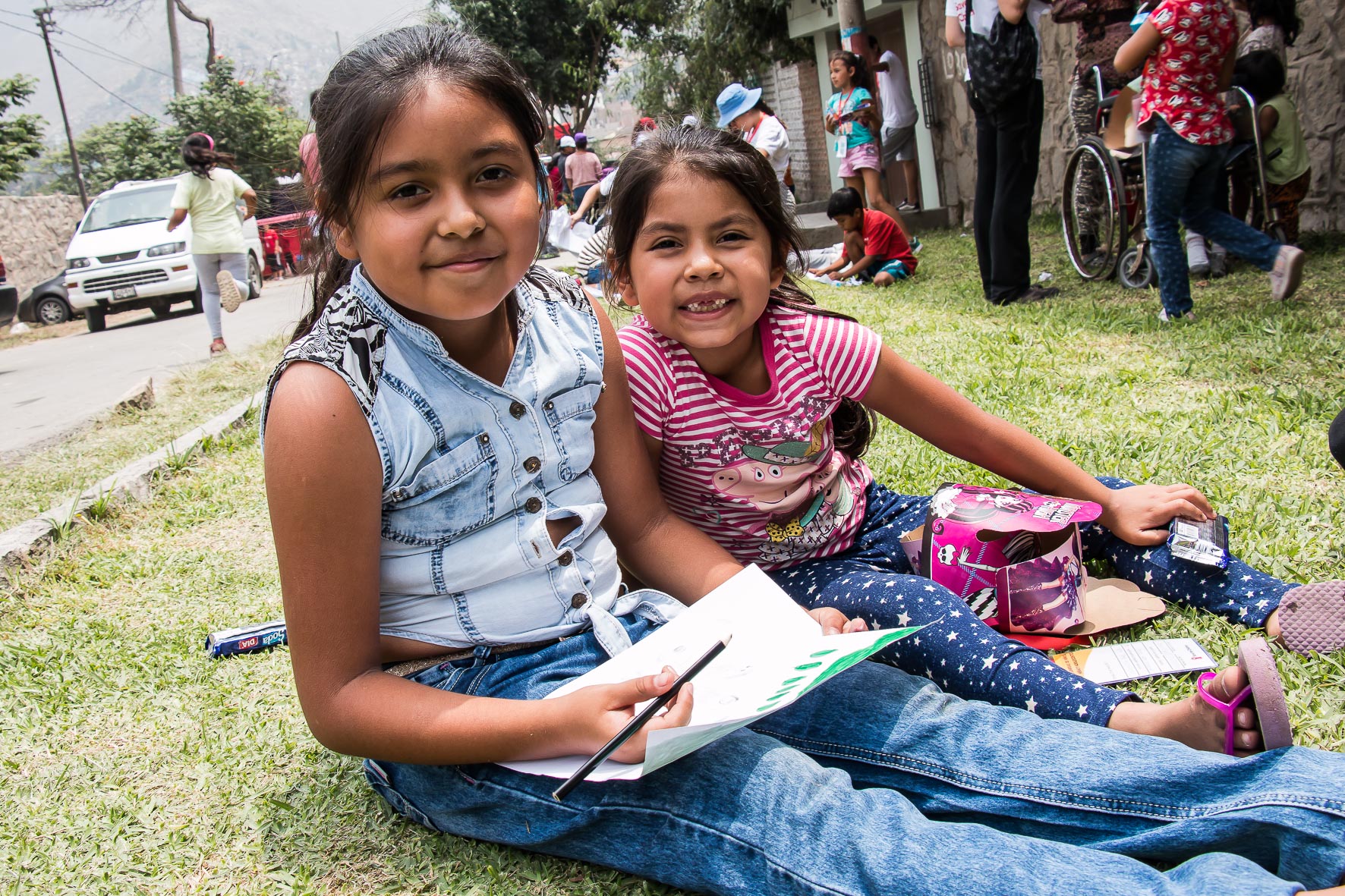
The scale of child protection concerns continues to increase
Summary of child protection concerns
Child protection concerns take many forms and present themselves in many different ways. The scale of child protection problems is increasing at a rapid rate. Behind every child protection story is at least one child survivor who needs support and safeguarding. Support services for child survivors is sophisticated and informed by advanced study, field practices, and technology. The pace of development within the child protection sector is rapid and the gap between the best practitioners and the rest is widening. The new risks for children have advanced considerably since the Convention on the Rights of Child was created. Humanitarian Advisors attempts to diminish that gaps through its regular training programs and analysis. In this article, Humanitarian Advisors will consider children's growing access and unsupervised use to technology. Children's access to social media, that is by design, encouraging children to spend more time online, is facilitating a change in social attitudes towards online behaviour, risky online activities, image sharing, and potential exploitation risks.
The exposure to online child abuse
In Australia, 81 percent of children under the age of two are using internet enabled devices. And in Germany, over half of all children aged six to 13 have a smart phone. In the UK, 90 percent of 11 to 16 year olds have at least one social media account. So why do these numbers matter? They matter because of the risks - risks that most of us are unaware of. Interpol estimate that 1.8 million men have a predisposition and interest in pre-pubescent children and are pursuing this interest online. With at least 800 million children internet users online, there is less need for child abusers to have to travel any more. Of the top 20 countries for internet growth in 2019, 19 were in the global south, and potentially more susceptible to child exploitation. At the same time as more children than ever are accessing the internet, the internet, through end-to-end encryption (often on mainstream platforms like Whatsapp and Facebook Messenger) is proving to be a safe haven for offenders seeking to exploit children.
So what are the online child abuse risks
One in four teenagers have received sexually explicit messages, and one in seven teens has sent a sexually explicit message to someone else. Of the ten most harmful dark website for online child abuse, there were 2.9 million registered accounts. Of the millions of child sexual abuse material found online by agencies last year, 94 percent included children under the age of 13. The trauma associated with online abuse takes a huge and extended toll on the children involved, often with life-long pain on the survivors, their families, and friends.
With offenders continually seeking new ways to abuse children online, it is now more important than ever to increase awareness amongst children and caregivers about the risks and how to practice safe behaviour online. Caregivers and teachers have an important role to play in defining the terms of children's online behaviour. The challenge is that most adults today did not face the risks of online abuse when they were children because the internet was not available then. Children are increasingly using the internet from younger ages and the images and videos they see, and the normative exposure of violence and sexually related material is concerning to child protection and development specialists. Gaming platforms and social media like Tik Tok and Youtube are popular arenas for offenders to meet, groom, and attract unsuspecting children.
With children generating so much of the child sexual abuse imagery themselves, what are the causes? There are five main reasons children are producing indecent imagery.
1. Sexting - potentially between two parties with an assumed level of trust
2. Social affirmation - with the purpose of attracting attention and likes
3. Deception - when a child is tricked into believing they are providing images consensually
4. Sextortion - where the child has been manipulated or blackmailed into sharing images or videos, often in an every worsening scenario leading to even more explicit images and videos being shared
The largest age group of childen sharing images online is 11 to 13 years, followed by seven to ten years, then over 13 years.
Humanitarian Advisors child protection recommendations
Humanitarian Advisors recommends that:
1. Online social media platforms are more proactive in preventing the sharing and dissemination of child sexual abuse material;
2. Development organisations and schools are ensuring consistent inclusion of age-appropriate online safety education in all of their curriculum;
3. Online child safety experts should continue to raise awareness about the child protection risks, as well as best practices for child abuse prevention and response;
4. Response organisations, health groups, and education providers must obtain a better understanding of the risks, and how to respond and support affected children;
5. All governments must make sure there are reporting and support hotlines for children and adults to report child sexual abuse, and see support at all times;
6. Provide continued support for organisations and local companies that contribute through their corporate social responsibility programs to enhanced child protection.
1 thought on “Child Protection Updates”